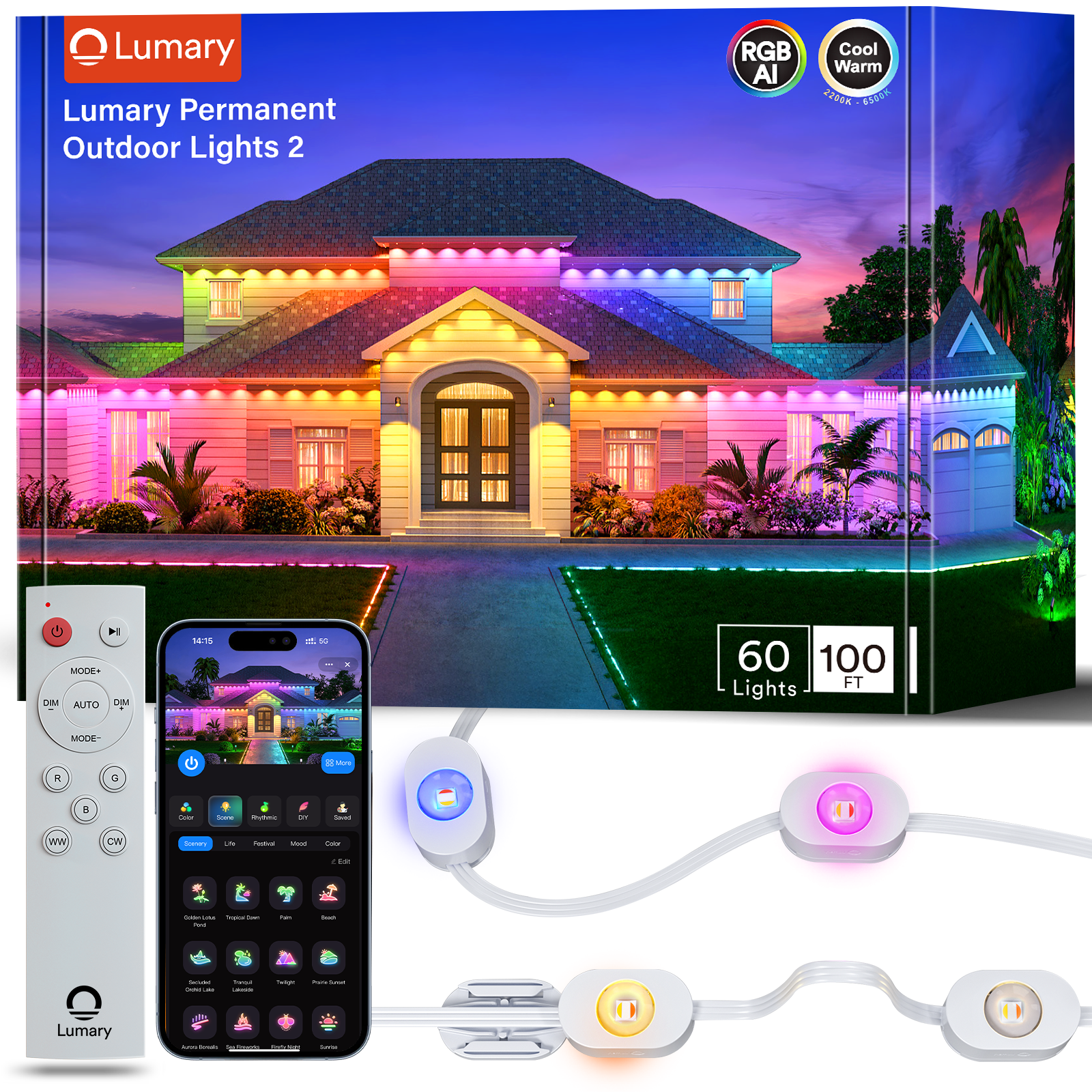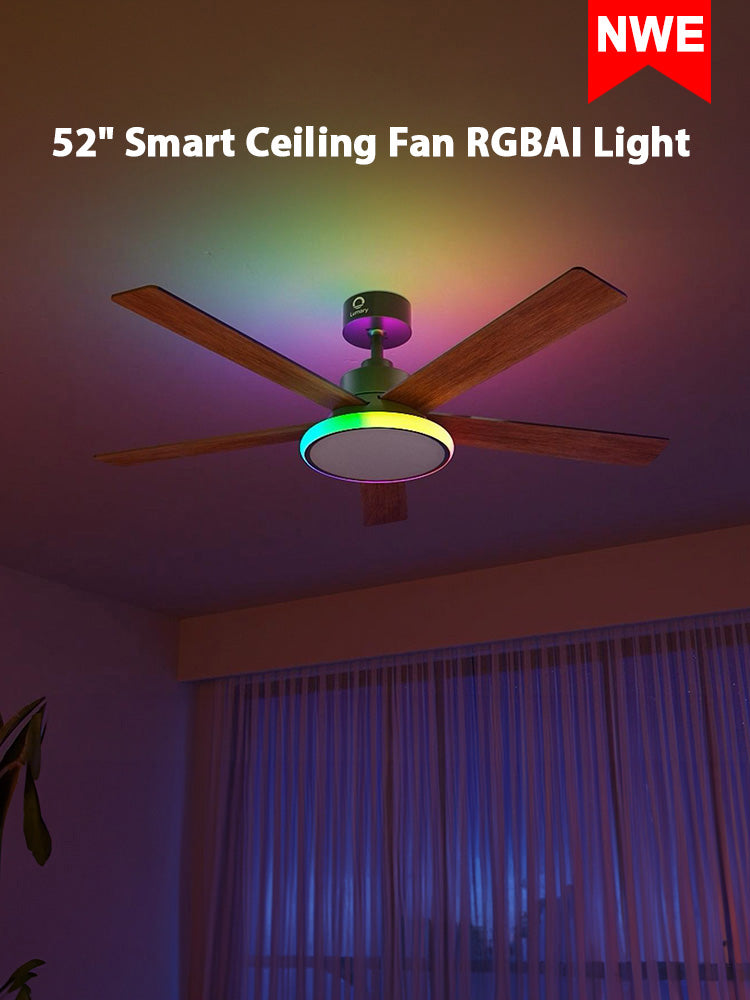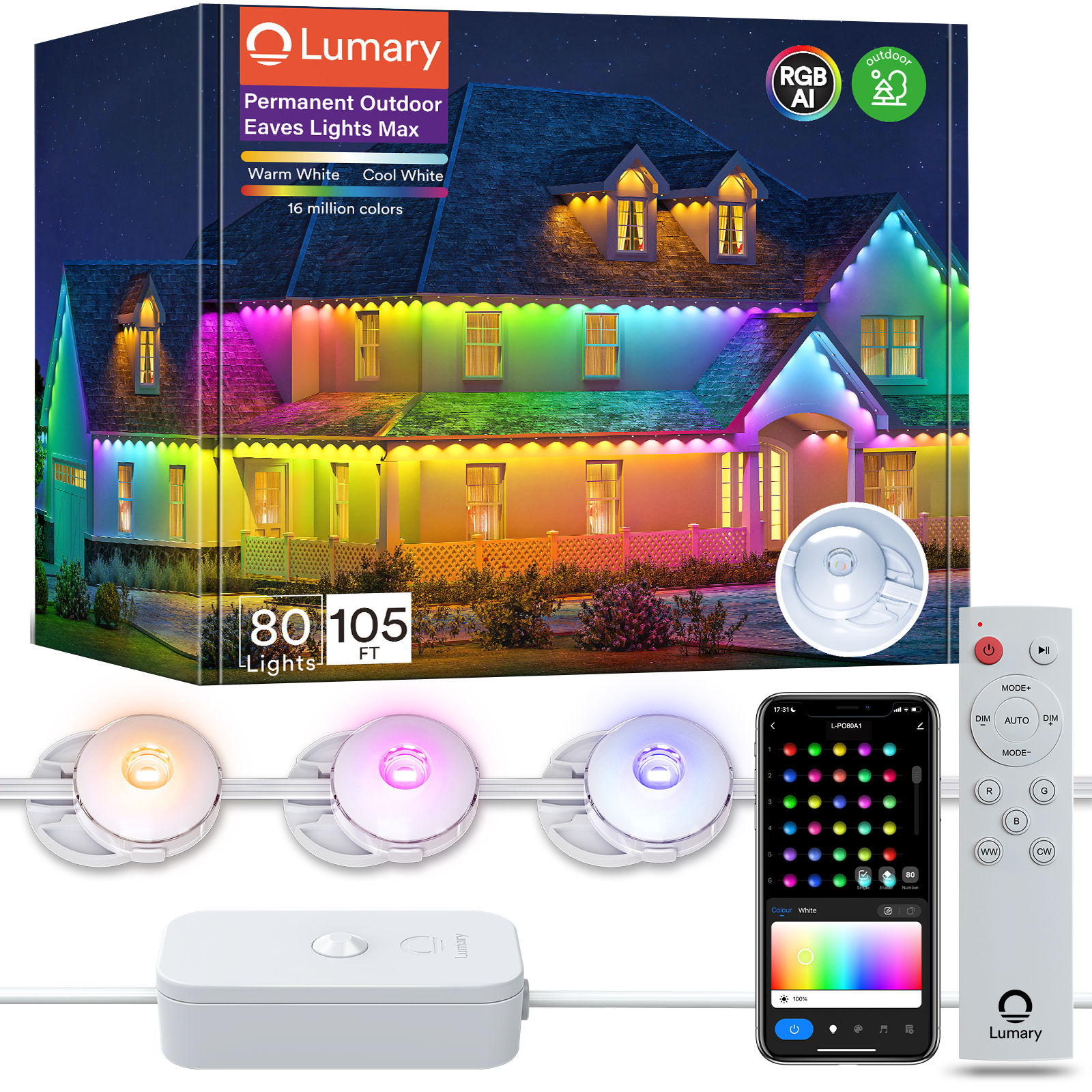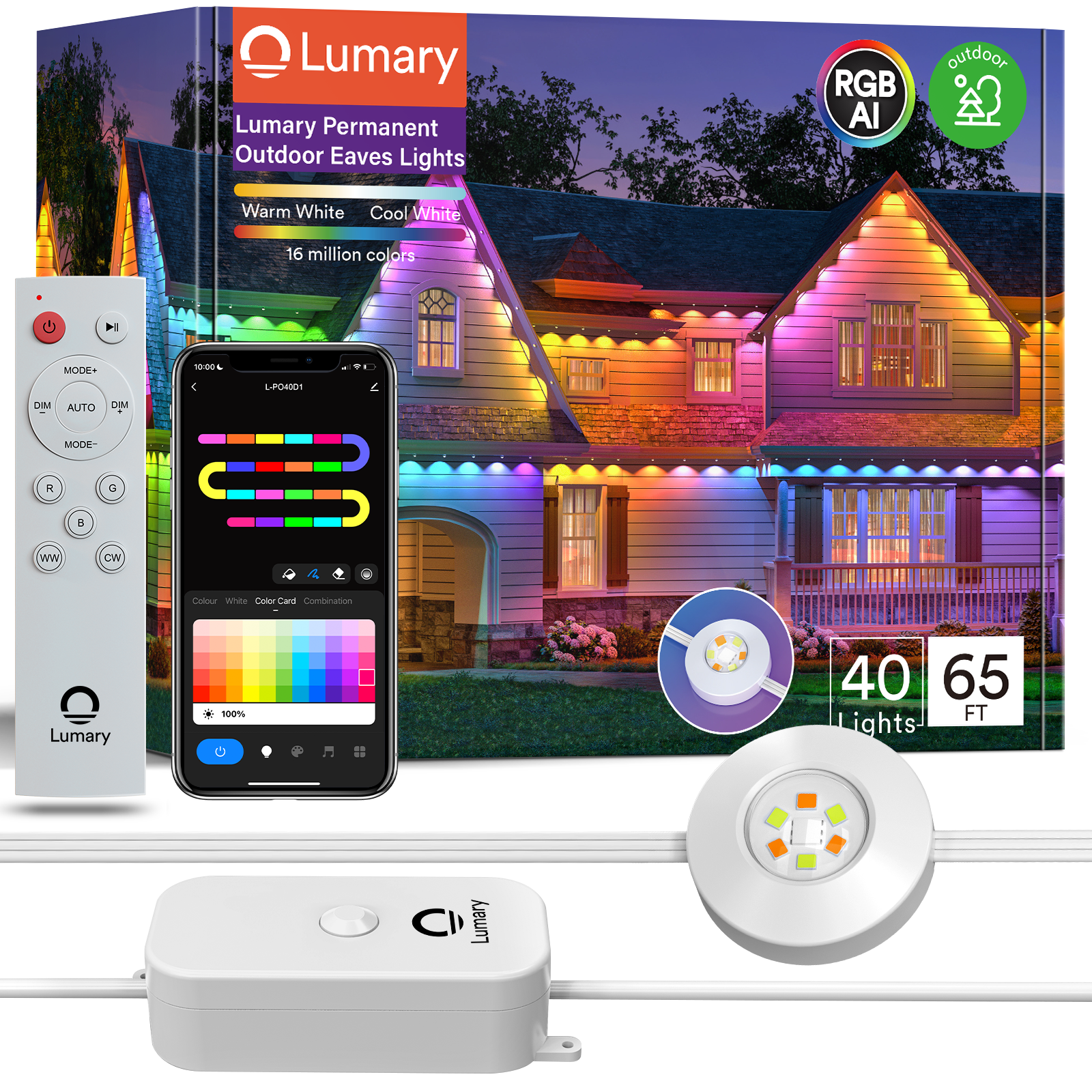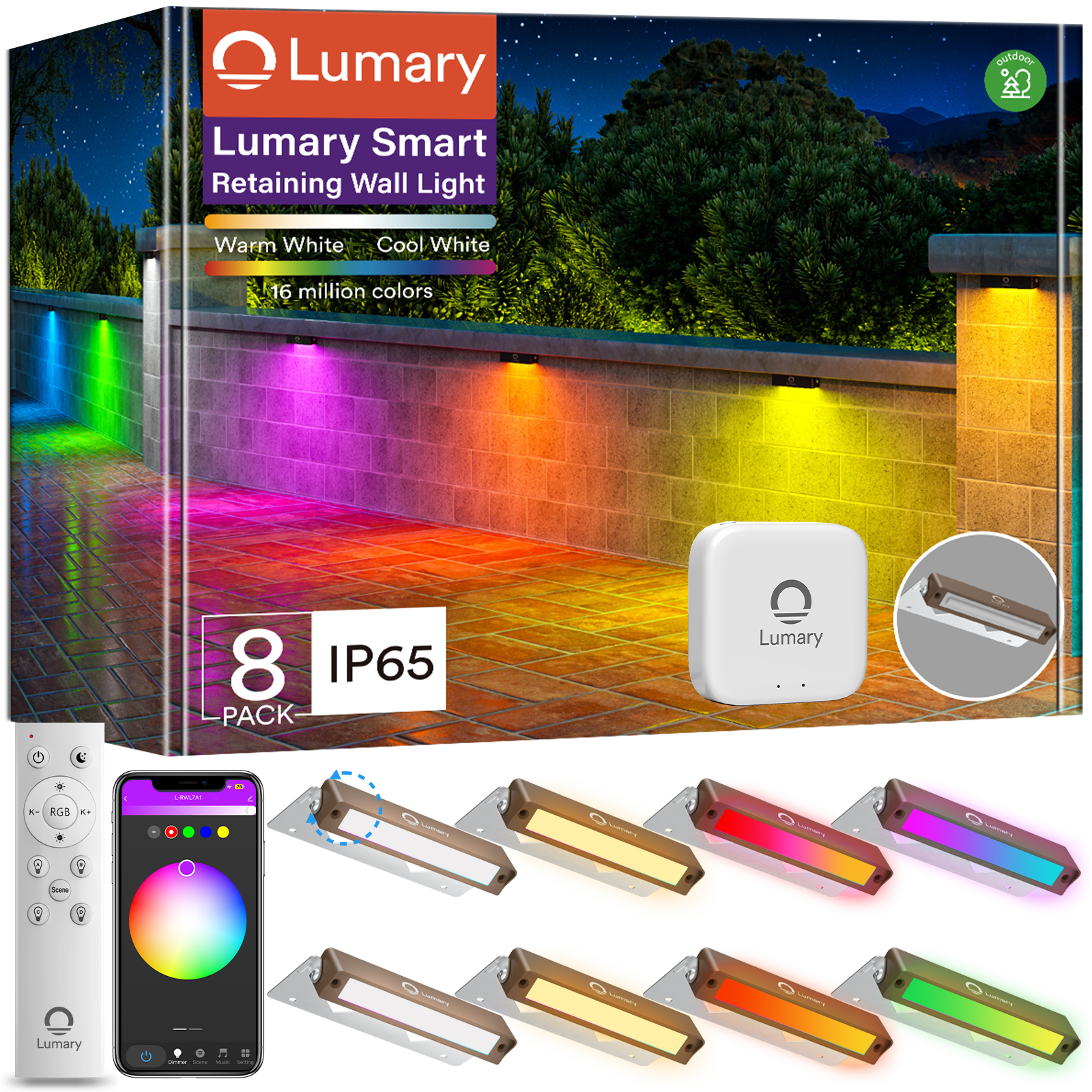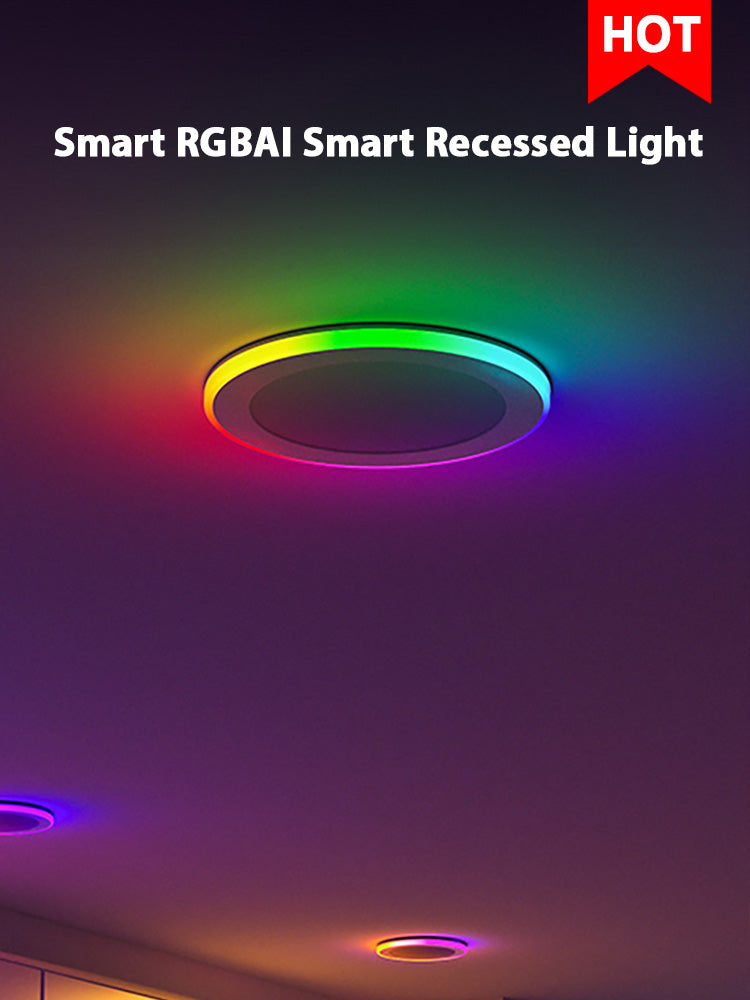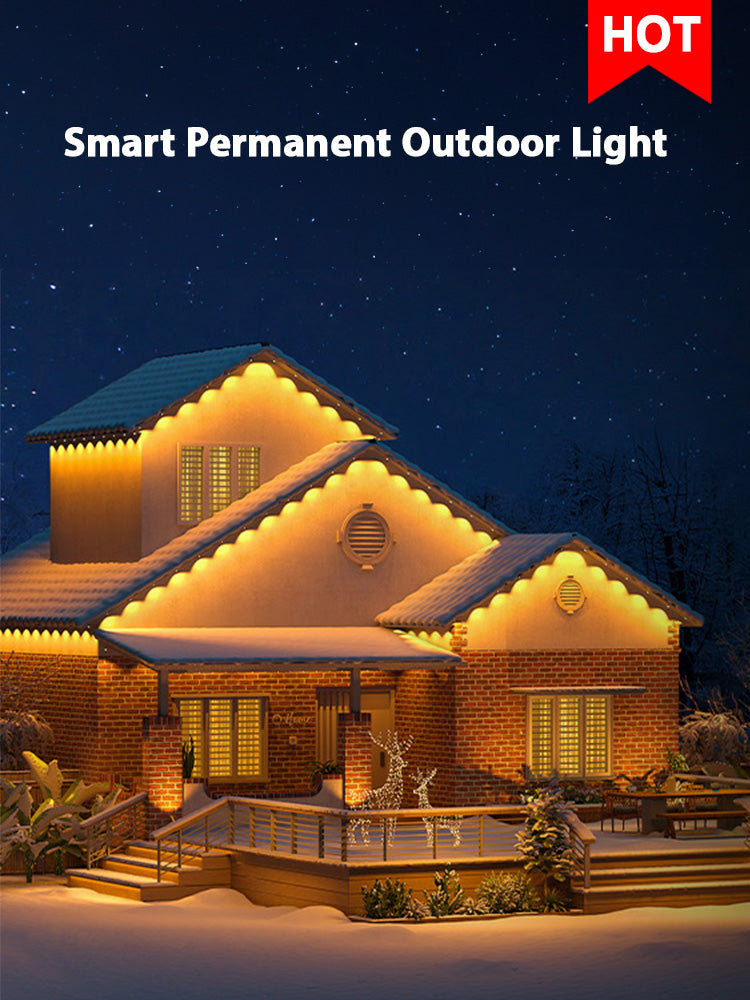You may get annoyed when recessed light bulbs have problems, but many people have the same trouble. Most people deal with these problems at home. Here are the seven most common problems:
-
Installation safety issues
-
Dim light output
-
Color inconsistency
-
Intermittent lighting
-
Unexpected outages
-
Buzzing noise
-
Glare

Key Takeaways
-
Check your recessed light bulbs regularly. Tighten loose bulbs and clean any dirt to prevent flickering and outages.
-
Use the right dimmer switch for LED bulbs. This helps avoid dimming issues and ensures your lights work properly.
-
Choose high-quality bulbs with proper ratings. This can extend their life and save you money on replacements.

Flickering Recessed Light Bulbs
Causes of Flickering
Flickering can make any room feel uncomfortable. You might notice it when you turn on your recessed light bulbs or when you dim the lights. Several problems can cause this annoying issue:
-
Loose bulbs that are not screwed in all the way
-
Faulty switches or outlets that act up when touched
-
Overloaded circuits that handle too much electricity
-
Loose wiring hidden behind walls or in the ceiling
-
Power surges that make the lights blink for a moment
If you use led bulbs, you might see flickering more often, especially if the dimmer switch does not match the bulb type. Flickering led bulbs can also happen when there are issues with the power supply or if the wiring is not secure.
Tip: If you notice flickering in more than one room, the problem could be with your home’s wiring or the main power supply.
How to Fix Flickering
You can fix most flickering problems with a few simple steps. Here’s what you should try:
-
Check the bulb. Make sure it is tight in the socket. Look for any dirt or corrosion on the base and clean it if needed.
-
Test the light switch or dimmer. Flip the switch a few times. If the flickering stops when you hold the switch in a certain spot, you may need to replace it. For dimmers, try different brightness levels.
-
Inspect the fixture. Remove the bulb and look for loose wires or damaged parts inside the socket. If you find anything wrong, call a professional.
-
Check your circuit breaker box. See if any breakers have tripped. Reset them if needed. If a breaker trips again right away, contact an electrician.
If you have led recessed light bulbs and they keep flickering, make sure your dimmer switch works with led bulbs. Sometimes, changing the switch solves the problem.
Remember: Safety comes first. If you feel unsure about wiring or electrical work, ask a licensed electrician for help.

Light Won’t Turn On
Diagnosing the Problem
You flip the switch, but nothing happens. This is one of the most frustrating problems with recessed light bulbs. Before you worry, remember that several things can cause bulbs won’t turn on. Here are some common reasons:
-
Faulty switch
-
Faulty transformer
-
Loose or burnt out light bulb
-
Loose wiring connections
-
Power outage
-
Tripped circuit breaker
Start by checking if other lights or appliances in the room work. If everything else is fine, the issue likely sits with the light fixture or the bulb itself.
To figure out what’s wrong, try these steps:
-
Check for a bad connection at the switch or light fixtures. Sometimes, a wire comes loose or a part wears out.
-
Test the switch to see if it is faulty. You can swap it with another switch or use a tester.
-
Investigate if all fixtures have failed. If more than one light is out, you might have a bigger electrical problem.
Quick Fixes
You can solve many problems with a few easy fixes. First, turn off the power to stay safe. Next, remove the bulb and look for signs of damage or a loose fit. Try a new bulb, especially if you use led bulbs, since they sometimes fail without warning.
If the new bulb does not work, check the circuit breaker. Reset it if needed. Still no luck? The switch or wiring might need attention. For led recessed light bulbs, make sure the transformer works and matches your bulb type.
Tip: If you feel unsure about electrical work, call a professional. Safety always comes first!

Bulb Burns Out Fast
Why Bulbs Burn Out
You might feel frustrated when you replace recessed light bulbs and they burn out again soon. This is one of the most common problems people face. Several things can cause bulbs to fail early, especially in recessed fixtures. Overheating is a big reason. When heat gets trapped inside the fixture, it can damage the bulb and make it stop working. LED bulbs are sensitive to heat, so they might fail faster if the fixture does not have good ventilation.
Loose electrical connections or damaged sockets can also lead to problems. If the voltage is too high, bulbs can burn out quickly. Using the wrong type of bulb, like a non-dimmable bulb with a dimmer switch, can cause overheating or burning out quickly.
Here’s a table showing how long different bulbs usually last:
|
Type Of Bulb |
Average Rated Life In Hours |
|---|---|
|
LED |
40,000–50,000 |
|
Fluorescent |
24,000–36,000 |
|
HID |
10,000–24,000 |
|
Compact fluorescent plug-in |
10,000–20,000 |
|
Compact fluorescent - screw-based |
8,000–10,000 |
|
Halogen |
2,000–4,000 |
|
Incandescent |
750–2,000 |
Extend Bulb Life
You can make your bulbs last longer by following a few simple steps. First, choose the right bulb for your fixture. Make sure the bulb is rated for enclosed spaces if your recessed light traps heat. Clean your fixtures often to help with ventilation and prevent overheating. Use dimmer switches that work with LED bulbs to avoid problems.
Try these tips to extend the life of your bulbs:
-
Leave space around bulbs for air to flow.
-
Check wiring and sockets for loose connections.
-
Avoid turning lights on and off too often.
-
Clean bulbs with a dry cloth after turning off the power.
Tip: High-quality bulbs with certifications usually last longer and save you money over time.
If you protect your bulbs from moisture and keep them cool, you will see fewer problems with overheating or burning out quickly. Regular checks and cleaning help your recessed light bulbs shine bright for years.

Overheating Problems
Signs of Overheating
Overheating can be hard to spot at first. But it can cause serious trouble for recessed light bulbs. Look for warning signs. If your lights turn off by themselves and later turn back on, the fixture might have a thermal cut-out.
Modern recessed lights have thermal cut-outs. These shut off power if the fixture gets too hot. This helps stop the fixture from starting a fire in insulation, paper, or other building parts.
If you see burn marks or smell burning, act quickly. Old can lights need at least three inches of space around them.
Most old can lights need three inches of open air around them. Trouble starts when attic insulation is packed against the fixture or covers it up.
When heat cannot get out, the temperature goes up. This can lead to a fire risk.
If heat cannot escape, the temperature gets very high. This can make a fire hazard.
Cooling Solutions
You can stop overheating with some easy steps. Always keep good airflow for recessed lighting. Make sure nothing blocks air around your fixtures. If you use led bulbs, check that your fixtures work with them and do not trap heat. Bad airflow is a common reason bulbs get too hot or burn out fast.
Experts suggest these ways to cool your lights:
|
Description |
|
|---|---|
|
High-Quality Heat Sink Design |
Aluminum or copper heat sinks pull heat away from the bulb. |
|
Increased Heat Sink Surface Area |
Finned or larger heat sinks let more air move around the bulb. |
|
Fan-Assisted Cooling |
Small fans inside the fixture help move hot air out. |
|
Smart Temperature Sensors |
Sensors turn on fans when the fixture gets too hot. |
|
Liquid Cooling Systems |
Special systems cool high-power lights in tough spots. |
To avoid trouble, check your attic or ceiling for packed insulation. Give your lights space to breathe. Use led bulbs made for recessed fixtures. Clean dust from vents and trims. These steps help keep your lights cool and safe.

Sagging Trim or Housing
Causes of Sagging
Have you ever looked up and noticed your recessed light fixture looks droopy or uneven? Sagging trim or housing is a common sight in many homes. You might see the trim hanging lower than it should or looking wavy instead of sitting flush against the ceiling. This can make your lighting look sloppy and even affect how your led bulbs shine.
Here are some reasons why this happens:
-
Springs that hold the trim in place get overstretched over time.
-
The trim was not installed properly in the first place.
-
The housing design does not match the trim, so it never fits quite right.
These problems can show up in both older and newer fixtures. If you use led bulbs, sagging trim can sometimes block light or cause shadows, making your room look less bright.
How to Fix Trim
You can fix sagging trim with a few simple steps. First, turn off the power to your recessed light bulbs for safety. Next, gently remove the trim from the housing. Look for the metal springs—these are often the main reason for sagging. If the springs look stretched out or weak, replace them with new ones. Make sure you use springs that fit your fixture.
If the trim still does not sit flush, check if the trim and housing are compatible. Sometimes, you need a different trim that matches your housing better. If you feel unsure or the problem keeps coming back, it’s smart to call a professional electrician. They can make sure your led lights look neat and work safely.
Tip: Regularly check your fixtures for sagging or loose trim. Fixing small issues early can help you avoid bigger problems later.
Dim LED Recessed Lights
LED Dimming Issues
You might notice your recessed led lighting looks dim or does not respond well to your dimmer switch. This is one of the most common problems with led lights. Sometimes, the lights cut out suddenly when you try to dim them. Other times, they pop on at a brighter level than you expect. You may also see dead travel, where the lights do not change brightness for part of the dimmer’s range. Ghosting can happen, too, where the bulbs glow faintly even when turned off. Flickering, strobing, or flashing are also signs of trouble. These issues often come from incompatible dimmer switches, poor-quality or defective bulbs, or electrical surges or power fluctuations.
Tip: Always use compatible dimmer switches and invest in high-quality led lights to avoid these problems.
Brightness Fixes
You can fix dim recessed light bulbs with a few easy steps. Start by turning off the power. Remove the faceplate from your dimmer switch to find the adjustment lever. Turn the switch on and slide the dimmer to the lowest setting. Move the trim adjustment lever down until the lights are as dim as possible without flickering or turning off. Turn the lights off and on again to check if all bulbs work at the lowest setting. If not, adjust the lever up a bit and test again. Once everything works, reinstall the faceplate.
Make sure you ensure proper installation and wiring. Check your lighting fixture spacing and ventilation. Proper lighting fixture spacing helps prevent overheating and keeps your led bulbs bright. Good ventilation also protects your bulbs. If you follow this troubleshooting guide for led lights, you can solve most dimming problems. Always use the right installation steps and keep your fixtures in good shape.
Common Recessed Lighting Mistakes
Mistake Examples
Many people think installing recessed light bulbs is easy. But lots of people make mistakes. These mistakes can cause glare or uneven lighting. Some mistakes can even be unsafe. Here are some common mistakes with recessed lighting:
|
Mistake |
Description |
|---|---|
|
Trims Don’t Match Your Ceiling |
Trims that look different can cause glare and seem strange. |
|
Lights Are Too Bright |
Very bright lights can hurt your eyes and ruin your room’s look. |
|
Bad spacing makes shadows or uneven light. |
|
|
Inconsistent Color Temperature |
Mixing warm and cool lights makes rooms look messy. |
|
Ignoring Insulation Rating |
Putting fixtures near insulation without checking ratings can be risky. |
|
Using Wrong Bulbs |
The wrong bulb type can change brightness and how long bulbs last, especially with led bulbs. |
Sometimes, people put all the lights in a straight line. Others use just one ceiling light in a bathroom. These choices can make some spots too dark or too bright.
How to Avoid Problems
You can stop most recessed lighting mistakes with good planning. Space your fixtures evenly for better light. Divide your ceiling height by two to find the best space between lights. Match your trim and bulbs to your ceiling and room style. Pick led bulbs with the right color temperature for your room.
Tip: Use dimmers and lighting zones to change brightness and set the mood.
If you want smart features, try the Lumary Smart RGBAI Recessed Light. Many people ask if you can control it from far away. Yes, you can use your phone or voice to turn it on or off anywhere. Want to use timers? This light lets you set times so your lights turn on or off by themselves. Worried about installing it? The Lumary Smart RGBAI Recessed Light has easy instructions. Even beginners can set it up.
Check your wiring often with an electrician to stay safe. Use bulbs with the right wattage to stop overheating. If you follow these steps, you will have bright, safe, and stylish lights in every room.
Most problems with recessed light bulbs are easy to fix. You just need to follow a few simple steps. Doing regular checks helps your lights stay safe and bright. Here are some safety tips:
-
Pick the right bulbs for your fixtures.
|
Maintenance Benefit |
Impact |
|---|---|
|
Checking your lights often helps you find problems early |
This stops outages and keeps your lights safe |
Good lighting makes your home look nice, saves energy, and feels cozy!
FAQ
Can you control the Lumary Smart RGBAI Recessed Light remotely?
Yes! You can use your phone or voice assistant to turn the lights on or off from anywhere. It’s super convenient.
Does the Lumary Smart RGBAI Recessed Light have a timer function?
You can set timers easily. The light will turn on or off at the times you choose. This helps you save energy.
Is installation difficult for the Lumary Smart RGBAI Recessed Light?
No, installation is simple. You get clear instructions. Most beginners finish setup quickly without special tools.
Tip: Always turn off the power before you start installing any light fixture!


